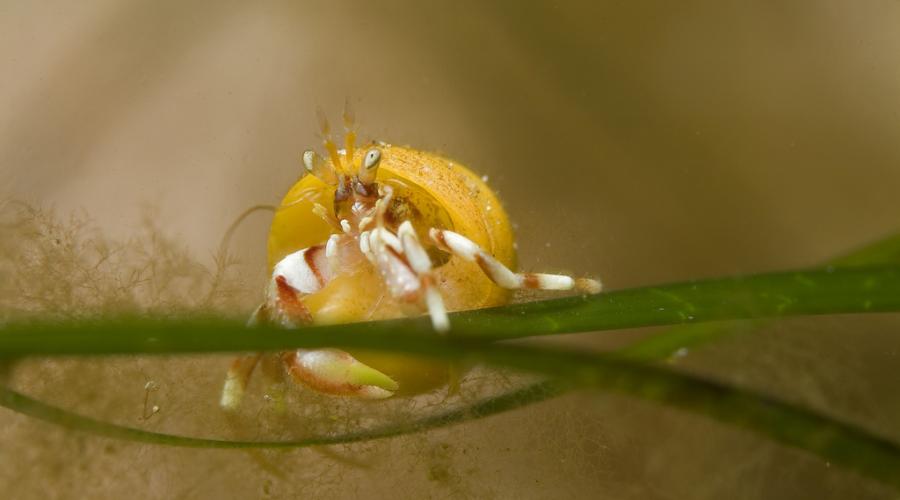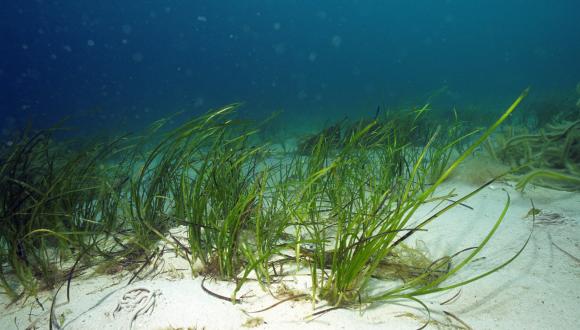
Marine Restoration and Enhancement
What is Marine Enhancement?
Marine and coastal ecosystems deliver a range of benefits to society through the ecosystem services that they provide. However, in some places biodiversity has been lost and with it, the structure and function of these natural resources compromised. Marine enhancement activities have the potential to increase biodiversity and bring back natural systems if done well.
NatureScot has a role in providing information and advice to support marine enhancement projects as well as a responsibility to ensure that projects are carried out according to best practice with full consideration of Scotland’s marine environment. Our advice is based on the best evidence available at the time and considers policy and legislative requirements.
We work with Marine Scotland and Marine Scotland Licencing Operations Team to ensure that activities are carried out responsibly.
Terminology
The words ‘restoration’, ‘recovery’, ‘regeneration’ and ‘habitat creation’ are used in different settings and for different reasons, but the term ‘marine enhancement’ can be considered an umbrella term for “actions that aim to improve the quality, size or geographic distribution of a habitat”. In general, the priority is to protect species and habitats where they currently exist and to remove pressures to allow natural recovery where a feature has been lost or damaged before active restoration is considered.
Drivers for marine enhancement include:
- Biodiversity conservation and enhancement
- Redressing damage and other degradation to habitats
- Environment quality improvement
- Ecosystem function and services
- Climate change issues
- Coastal and marine management
- Recreating lost habitats
- Creating habitats in new areas
- Invasive non-native species impacts on populations
- Marine development
To read more about these terms and definitions see our Marine Habitat Enhancement, Recovery, Restoration and Creation: Terminology and Examples document.
Marine and coastal enhancement framework
NatureScot’s Marine and Coastal Enhancement Framework has been developed to provide guidance to assist proposed enhancement projects with the process of planning their project, advising on the types of information required by NatureScot, other regulators and funding bodies, as well as what approaches are most likely to lead to success.
This project was led by GoBe in collaboration with Heriot-Watt University, Swansea University and the UK Centre for Ecology & Hydrology (UKCEH). The framework provides a robust clear structure from which applicants may build their proposals and map out the necessary components. As well as assisting projects in their planning stages, this approach means that, NatureScot can then provide advice in a timely manner, ensure consistency between different projects, support site suitability assessments and in doing so improve the chances of project success.
The framework is comprised of a guidance document and an enhancement project proposal form. The guidance includes links to sources of additional information and covers the following aspects of enhancement projects:-
1. Project information and methodology
2. Underlying principles
3. Site profile and suitability
4. Regulation and management
5. Risks
6. Benefits
7. Engagement
8. Management, monitoring and evaluation
NatureScot welcomes enquiries at the start of the project development phase. We will guide the project’s contact through the proposal form, which provides a clear and consistent set of questions about the scheme to aid a more detailed assessment by NatureScot and a wider set of stakeholders/ regulators. The information in the form will enable NatureScot to be in an informed position to provide ongoing support throughout the project. This may include further advice on guidance and regulation, stakeholders to engage with, and monitoring, management and measuring the success of the project over time.
In addition, a project report has also been produced, which includes a review of practice and guidance to-date, together with case studies, lessons learned and best practices in relation to enhancement of sand dunes, salt marsh, seagrass beds and native oysters. The report is available at the Research Report No. 1293 Development of a marine and coastal enhancement project assessment framework for Scottish inshore waters page.
Seagrass
NatureScot have also developed a Scottish seagrass restoration handbook together with Marine Scotland, Marine Scotland Science, Marine Scotland Licencing and Project Seagrass. This is available as a NatureScot research report 'Seagrass Restoration in Scotland - Handbook and guidance'.
Native oysters
The European Native Oyster Habitat Restoration Handbook provides general information on native oyster restoration procedures and considerations. Marine Scotland have developed guidance for projects in Scottish waters.
For further information
Contact [email protected]
Find out more
Read our latest news release - Scotland's first seagrass restoration guide




